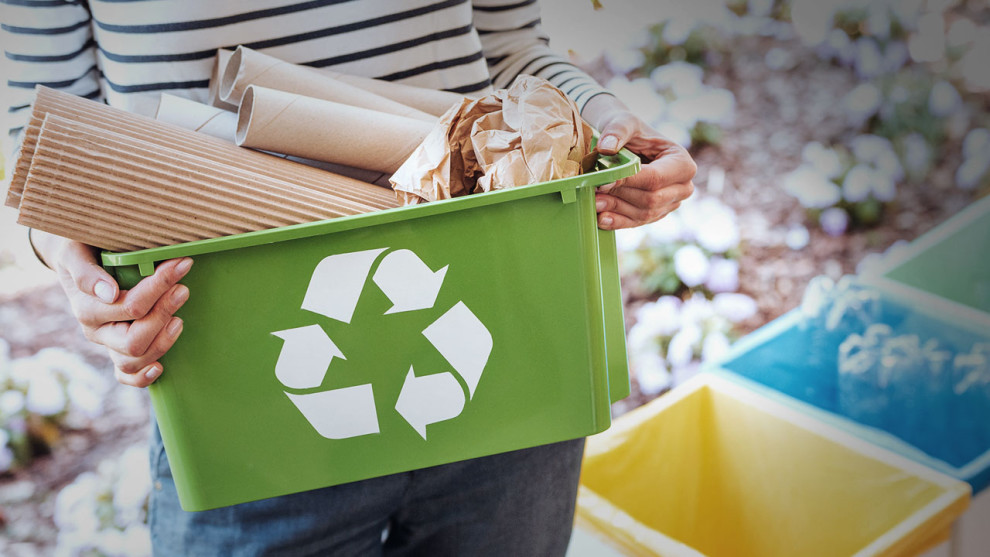It is not an exaggeration to say that plastic waste is one of the main causes of environmental pollution today. To solve the urgent problem right now, recycling is the most effective method that can bring many great benefits.
Human consumption demand is increasing, which means the amount of stored waste is increasing. According to statistics, on average each year globally, more than 430 million tons of waste are released into the environment. Currently, the world is facing 9.1 billion tons of waste accumulating on earth. At the current rate of plastic product use, by 2050, globally there will be more than 13 billion tons of waste buried in the ground or dumped into the sea. Therefore, we need to work together to find and implement solutions to reduce the amount of plastic waste dumped into the environment.
1/ Recycling top choice
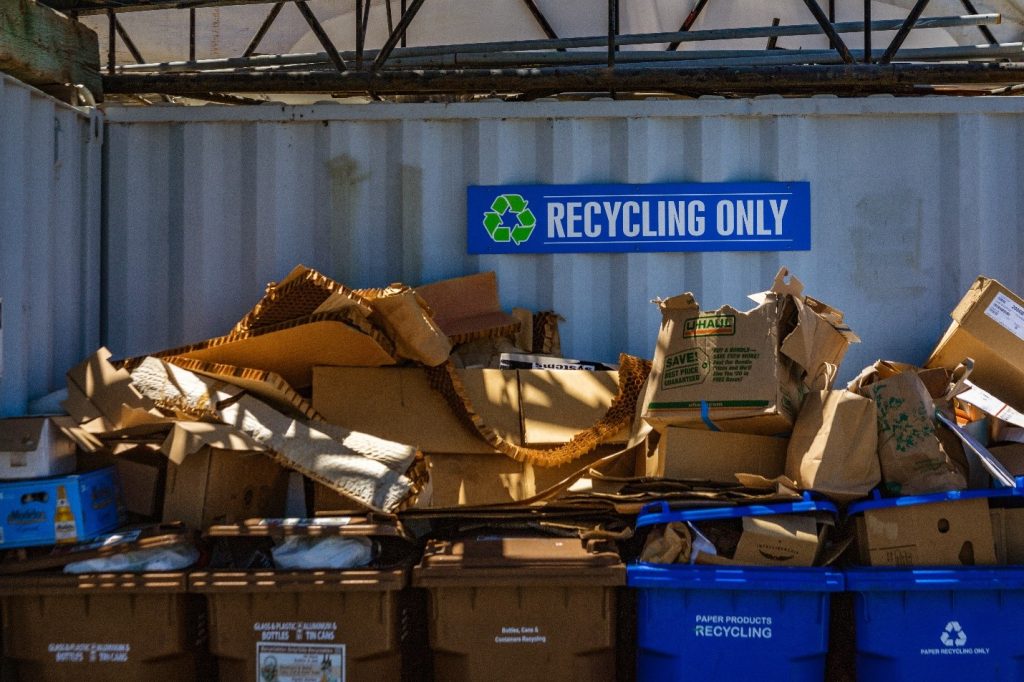
Recycling is a solution capable of reducing plastic waste to the environment
The characteristics of products made from plastic are that they bring convenience to humans but are very difficult to decompose. Normally, plastic waste is treated by burying it in soil, but even so, it still exists for hundreds of thousands of years, causing soil erosion, threatening the ecosystem and affecting human health. People. Therefore, we need to find practical solutions to prevent this situation. And recycling is considered the most effective solution capable of reducing the amount of plastic waste “invading” the environment.
Simply put, recycling is the process of converting waste products into new usable products to minimize negative impacts on the environment and resources. A basic recycling process includes steps such as collecting, sorting, processing and remanufacturing new products. This is an effective solution to limit the amount of waste released into the environment and reduce greenhouse gas emissions. At the same time, recycling is also seen as a potential key to opening up many opportunities for the clean industry.
2/ Reasons to promote recycling activities
-
- Conserve resources
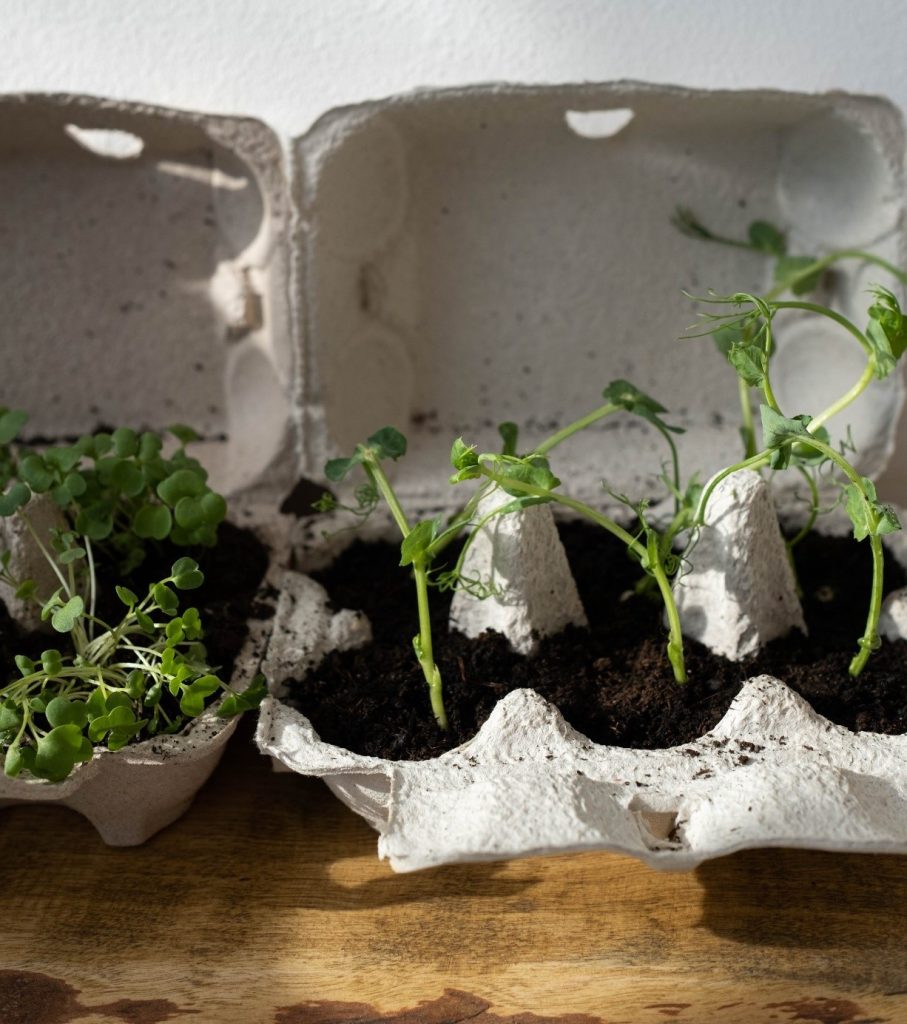
Recycling contributes to the protection of natural resources
Instead of treating plastic waste by landfill method occupies a large part of the land area, damaging the environment. Recycling unused materials into new products minimizes resource waste, resulting in cost savings.
-
- Environmental protection
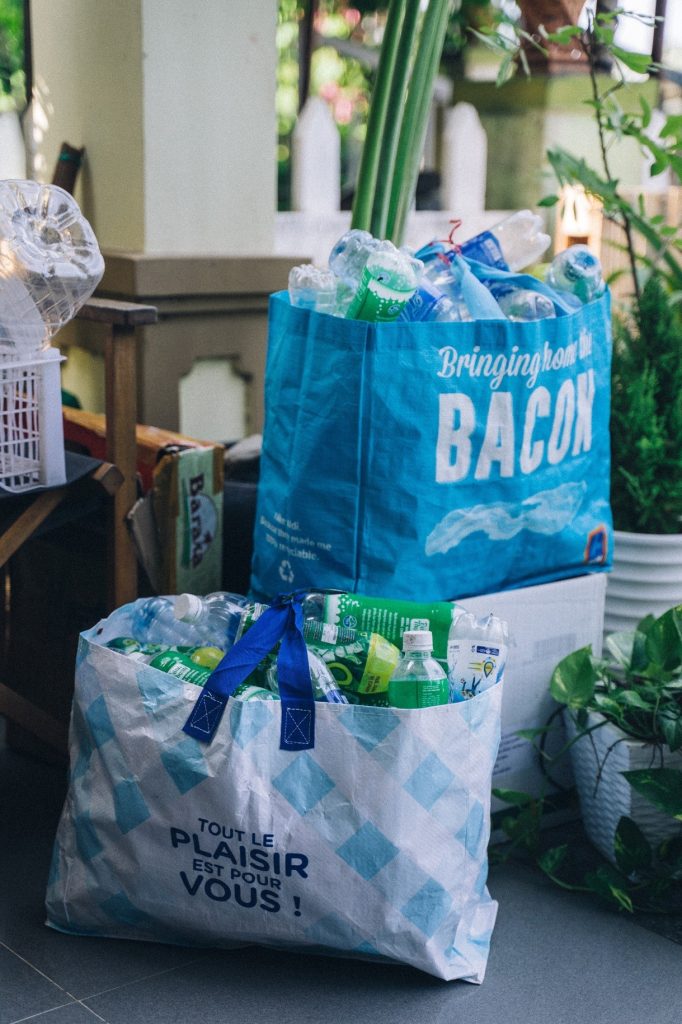
Recycling contributes to environmental protection
After all, recycling is still an activity aimed at protecting our common planet. Plastic waste, when released into the environment, will produce microplastic particles that negatively affect the ecosystem as well as human health. At the same time, using recycled materials in the production process also uses less energy than raw materials, minimizing carbon emissions that cause the greenhouse effect.
-
- Protect the ocean
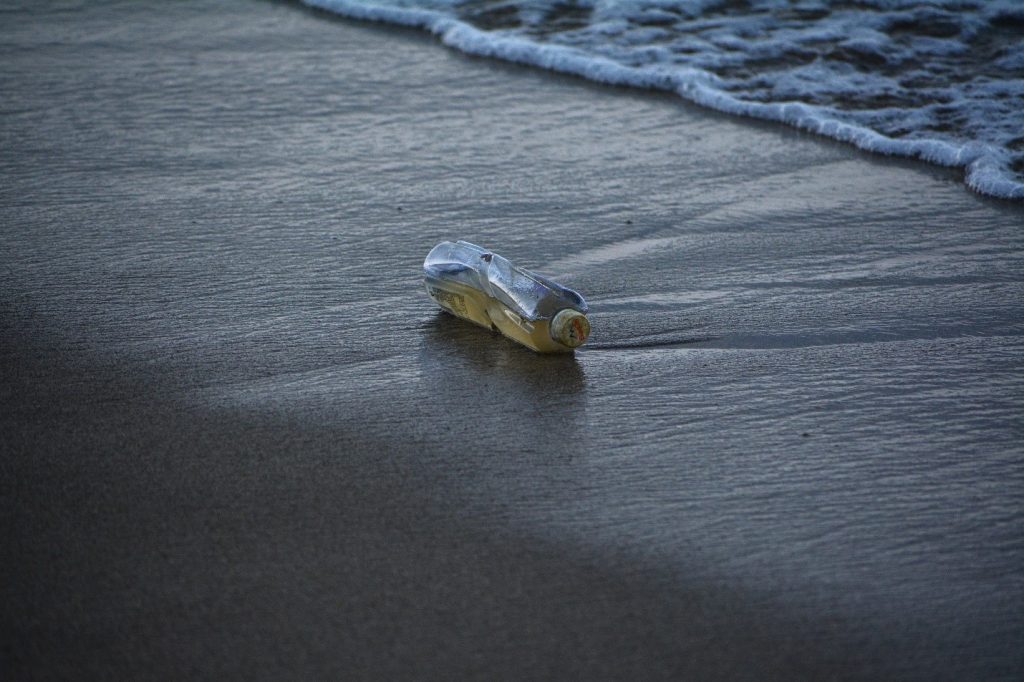
Recycling is also a solution to protect the sea
According to estimates, on average each year more than 8 million tons of plastic are dumped into the ocean, causing significant damage to the underwater ecosystem. Continuous dumping of plastic waste into the ocean causes all kinds of creatures to be infected with toxins from microplastics, leading to death. The act of recycling partly prevents the practice of indiscriminately throwing trash into the ocean, protecting the marine ecosystem.
From those benefits, recycling is considered one of the most effective solutions that can reduce the amount of waste released into the environment. Therefore, currently many organizations and businesses are working together to recycle, open many models or integrate with technology to bring the most optimal efficiency.


 ENG
ENG
 VIE
VIE